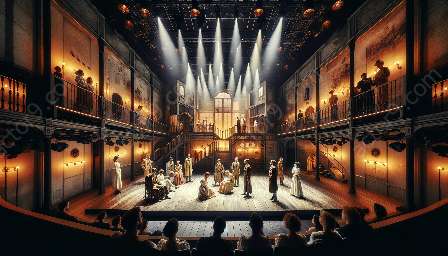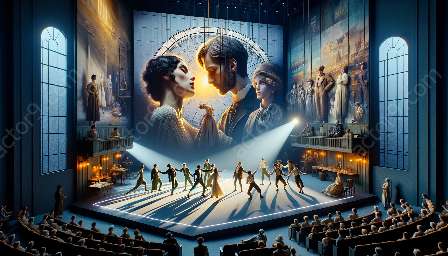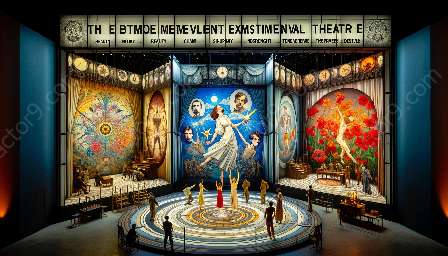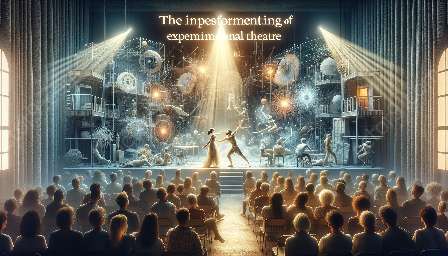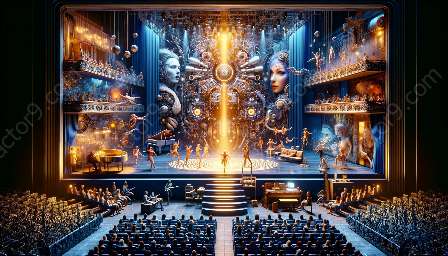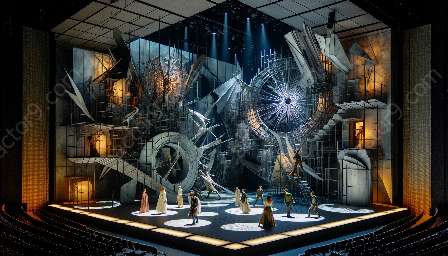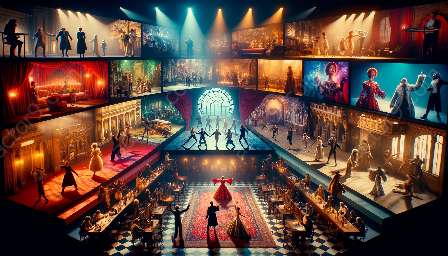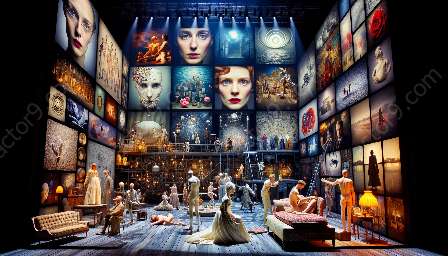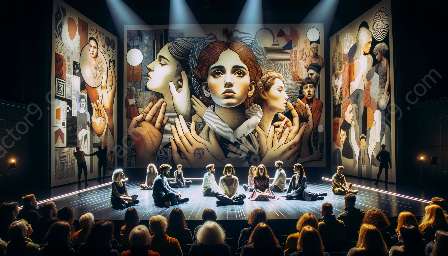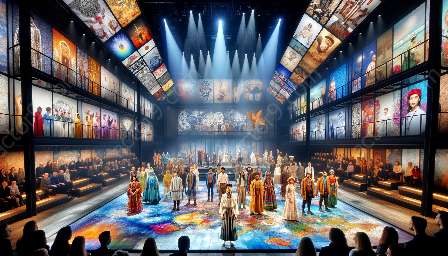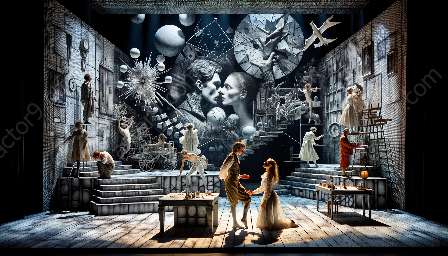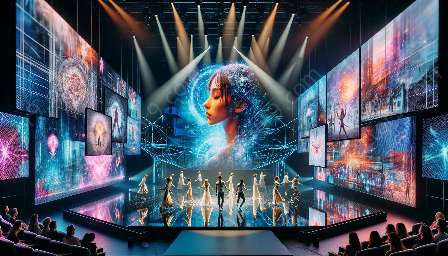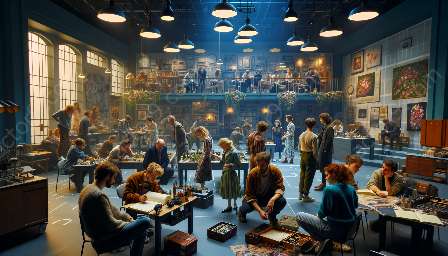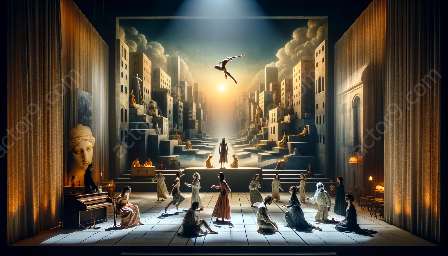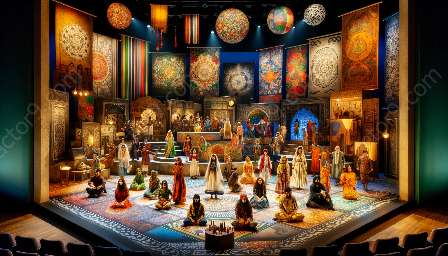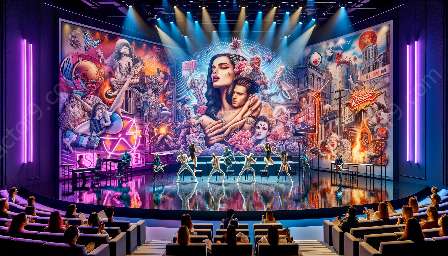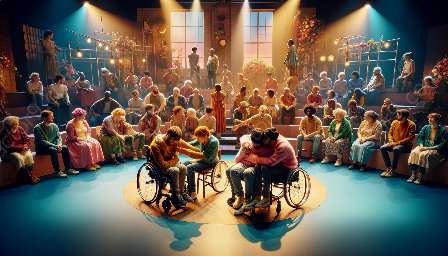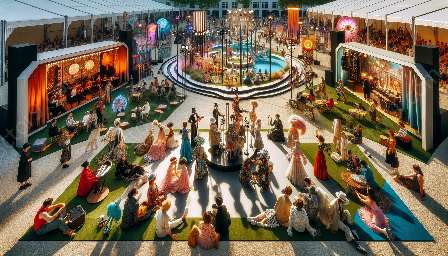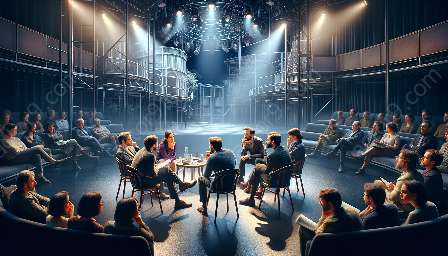Experimental theatre is a vibrant and dynamic form of artistic expression that pushes the boundaries of traditional performance. Within this realm, the creation of immersive experiences requires careful consideration of various elements encompassing production, stage design, and the unique characteristics of experimental theatre. This article delves into the considerations for crafting immersive experiences in experimental theatre and offers insights into engaging and captivating audiences through innovative and transformative productions.
Understanding Experimental Theatre
Before delving into the considerations for creating immersive experiences, it's essential to have a clear understanding of experimental theatre. This form of theatre challenges conventions, embraces non-traditional storytelling techniques, and often encourages audience interaction or participation. Experimental theatre aims to break away from the familiar and deliver thought-provoking, unconventional experiences that prompt introspection and dialogue.
Engaging Audiences Through Immersion
In experimental theatre, audience immersion plays a pivotal role in evoking emotional and intellectual responses. Immersive experiences involve enveloping the audience in the world of the performance, blurring the lines between fiction and reality. To achieve this, various production and stage design considerations come into play, each contributing to the creation of a compelling and transformative environment.
Considerations for Production
Production elements in experimental theatre are akin to the foundation upon which immersive experiences are built. Considerations for production include:
- Script and Narrative: Crafting a narrative that challenges traditional storytelling structures and invites audience engagement is essential. Non-linear narratives, interactive storytelling, and multi-sensory experiences can deepen immersion.
- Sound Design and Music: Experimenting with soundscapes and music can enhance the emotional impact of the performance, drawing the audience further into the experience.
- Lighting and Visual Effects: Creative lighting design and visual effects can transform the performance space, creating dynamic atmospheres and guiding audience focus.
Exploring Stage Design
The physical environment of the performance space, or the stage design, is a canvas for immersive experiences. Considerations for stage design include:
- Spatial Configurations: Experimenting with non-traditional stage layouts, such as promenade or in-the-round configurations, can alter the audience's perspective and engagement with the performance.
- Set and Props: Creating sets and props that invite tactile exploration or convey symbolic meanings can enrich the audience's connection with the narrative and themes.
- Interactive Elements: Incorporating interactive elements, such as movable set pieces or audience participation zones, can blur the boundary between performers and spectators.
Collaborative Exploration
Creating immersive experiences in experimental theatre often involves a collaborative exploration between directors, playwrights, designers, and performers. This collaborative process fosters experimentation and innovation, allowing for the integration of diverse perspectives and ideas to shape the immersive nature of the production.
The Impact of Immersive Experiences
Immersive experiences in experimental theatre have the potential to leave a lasting impact on audiences. By transcending traditional bounds and engaging audiences on multiple sensory levels, these experiences provoke deep reflection, emotional responses, and intellectual inquiry. The transformative nature of immersive productions opens avenues for exploring new forms of storytelling and artistic expression.
Embracing Innovation in Experimental Theatre
As experimental theatre continues to evolve, the considerations for creating immersive experiences expand to encompass innovative technologies, multi-disciplinary collaborations, and the constant reevaluation of traditional theatrical practices. Embracing innovation in all aspects of production and stage design remains essential in shaping immersive experiences that are daring, thought-provoking, and unforgettable.

